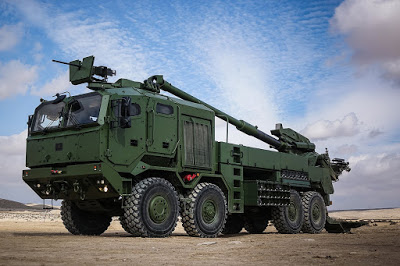A 21-ton section of a rocket launched by China’s space agency finally returned to Earth’s atmosphere Saturday night, falling above the Indian Ocean near the Maldives, after the booster spent days careering toward the planet in a fast, out-of-control orbit.
The core booster of the Long March-5B rocket re-entered Earth’s atmosphere at 10:24 p.m. Eastern time, the Chinese Manned Space Engineering Office said on social media Saturday.
It emerged south of India after orbiting Earth at 18,000 miles per hour, defying some experts’ projections that it would land in the Mediterranean or the South Pacific.
China’s space agency said most of the booster’s mass burned up while tearing through the atmosphere, and the rest fell into the ocean.
KEY BACKGROUND
The Chinese government launched Long March last week to put a component of China’s new space station into orbit. Rocket boosters usually maneuver themselves to fall into the ocean in a predictable manner after their mission is over, but Long March’s booster entered Earth’s orbit instead, causing it to speed up and circle the planet while gravity gradually pulled it back down.
CHIEF CRITIC
China has caught some flak for this mishap: Scientists and Pentagon officials have accused the country of deploying a poorly designed rocket and acting recklessly.







